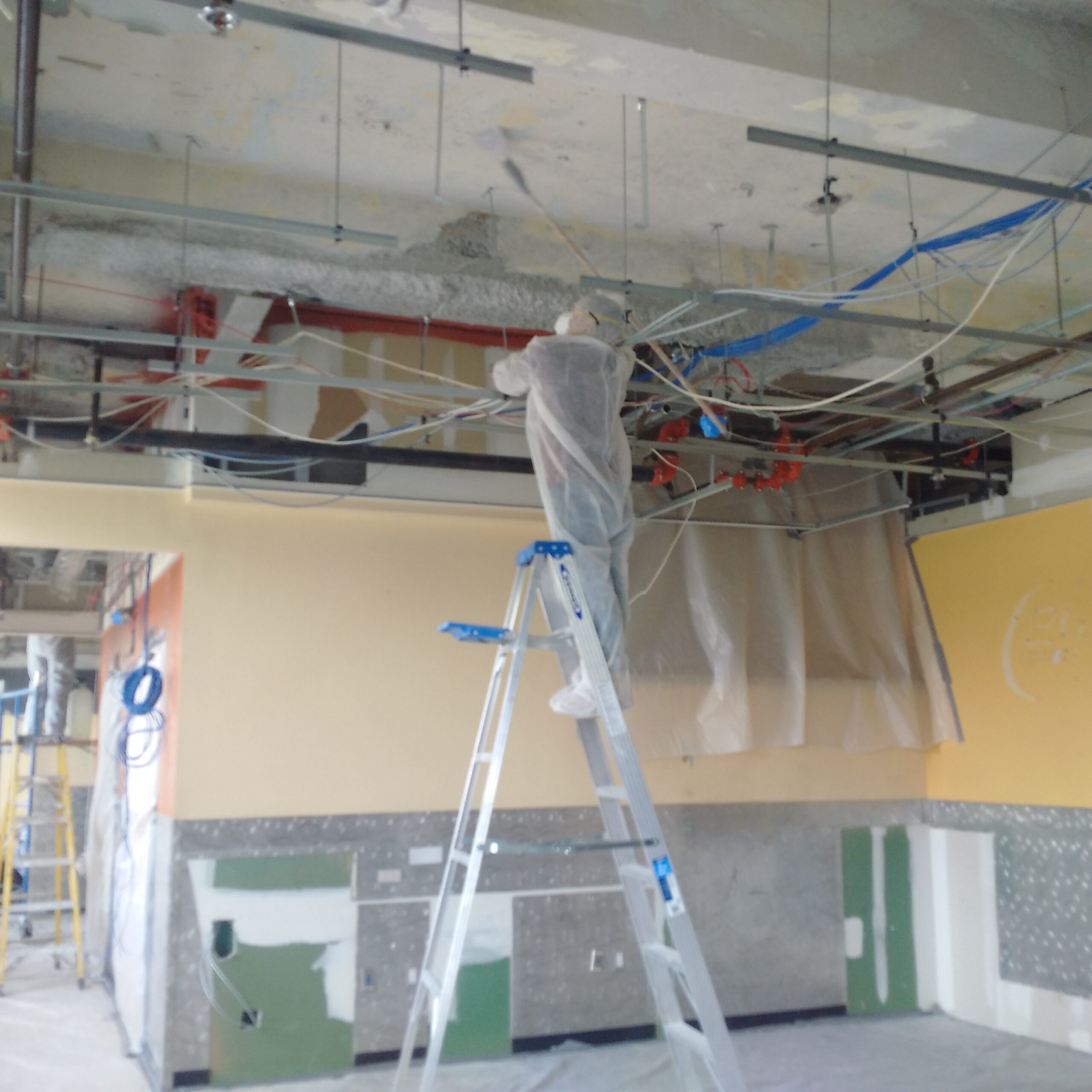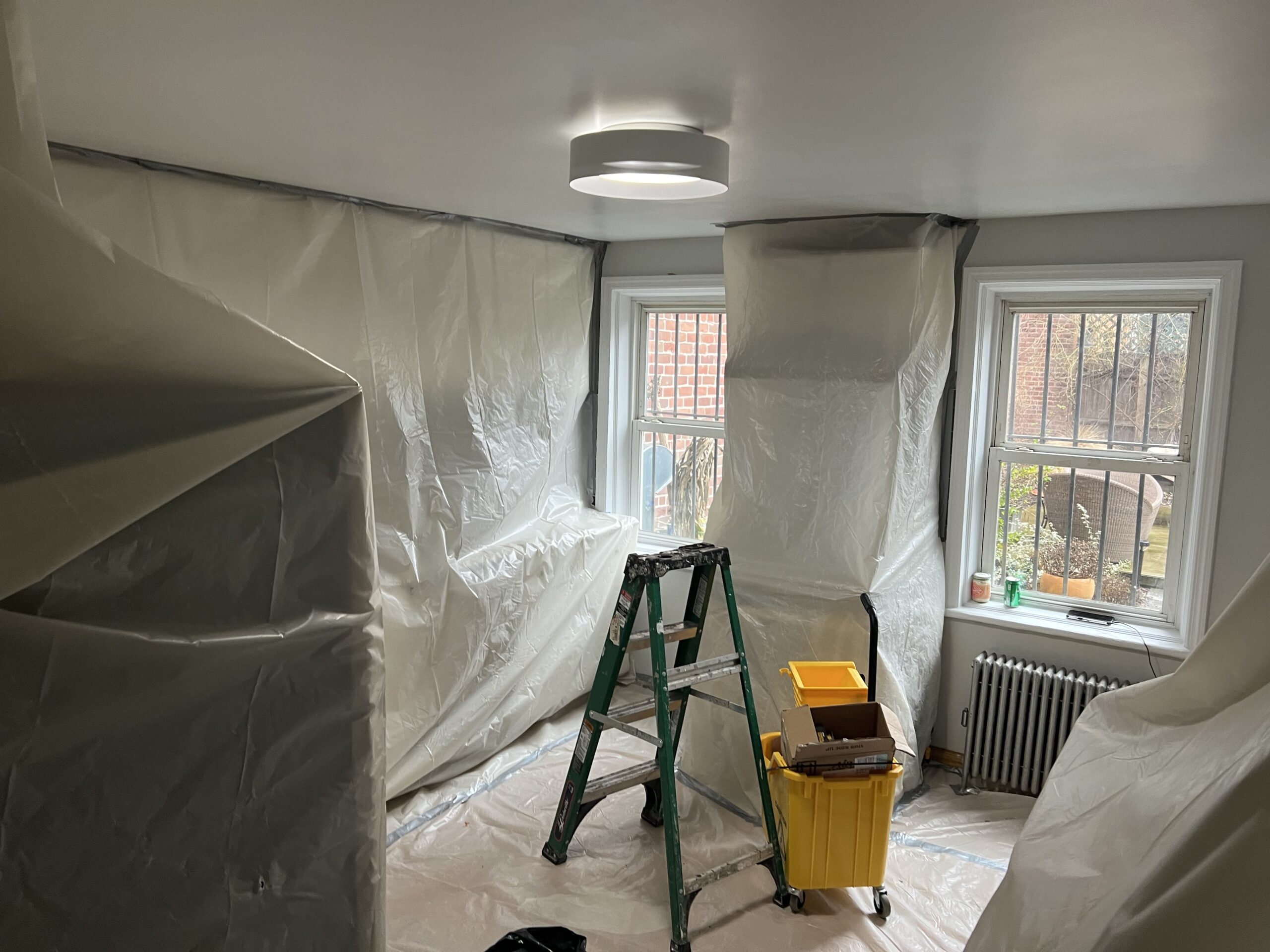Expert Lead Violation Removal in NYC-- Secure Against Health Hazards
Expert Lead Violation Removal in NYC-- Secure Against Health Hazards
Blog Article
Necessary Tools and Techniques for Effective Lead Offense Clean-up
Dealing with lead infractions efficiently requires a comprehensive approach that blends the right tools with tactical methodologies. Simultaneously, the use of specialized clean-up tools, such as HEPA vacuums and lead-specific cleansing representatives, is crucial for comprehensive pollutant elimination. Reliable containment approaches, including plastic bed linen and negative air stress systems, are essential to stop the spread of hazardous products.
Personal Safety Equipment
Individual safety tools (PPE) is a crucial element in the reliable monitoring of lead contamination clean-up. PPE acts as an essential barrier, protecting employees from the unsafe results of lead exposure, which can result in extreme wellness repercussions. The necessary PPE for lead clean-up consists of respirators, protective garments, handwear covers, and eye defense. Each kind of devices is specifically made to alleviate various risks associated with lead fragments and dirt.
Respirators, especially those outfitted with HEPA filters, are vital for filtering air-borne lead particles, protecting against breathing. Safety clothes, including coveralls and disposable fits, protects against lead dirt from adhering to employees' garments, minimizing the threat of second contamination.
Furthermore, rigorous training on the right usage and upkeep of PPE is essential. Workers have to be enlightened on putting on and doffing treatments to stay clear of contamination. Normal assessments and replacements of PPE elements are necessary to preserve their protective capabilities, ensuring a safe and compliant clean-up procedure.
Specialized Cleanup Devices

Another necessary tool is the wet/dry vacuum cleaner, which can successfully tidy up both dirt and liquid impurities. These vacuums usually feature HEPA filters to offer an extra layer of safety. Damp cleans or tack towels are additionally critical for surface cleansing; they are particularly designed to capture and hold lead particles, minimizing the risk of spreading contamination.
For more stubborn deposits, specialized lead-removal cleansing representatives are required. These agents are created to damage down lead particles, making them easier to get rid of. Scrub brushes with tough bristles can help in this procedure, specifically on harsh surfaces where lead dirt tends to stick more highly.
In addition, encapsulants are utilized to seal lead-contaminated surface areas, avoiding the launch of lead dirt. These specialized paints and finishings are developed to stick to various substrates, giving a long-lasting remedy for lead control.
Efficient Control Techniques
Efficient containment techniques are important in alleviating the spread of lead contamination throughout cleaning tasks. Carrying out durable control strategies makes certain that lead particles do not move to unaffected locations, thereby shielding both workers and the atmosphere (DOH & HPD Lead Violation Removal NYC).

To boost control, encapsulants can be used to surface areas that are not being removed or interrupted. These specialized coatings bind lead dirt, lowering its accessibility for resuspension. In addition, all workers should use appropriate Individual Protective Equipment (PPE), including respirators and disposable matches, to stop contamination spread.
Safe Disposal Practices
Making sure risk-free disposal techniques is an important element in the administration of lead contamination cleaning. Appropriate disposal reduces the risk of lead coming back the environment and threatening public wellness. The primary step is to identify and segregate lead-contaminated waste from various other products. Secure containment making use of durable, leak-proof containers is important to stop spillage throughout transport.
Carrying lead waste requires adherence to strict standards. Utilizing qualified contaminated materials carriers ensures that the products are handled properly. Documents, including materializes detailing the type and amount of waste, ought to accompany shipments to track the waste from the website of origin to its last disposal location.
Designated contaminated materials disposal centers are furnished to deal with lead-contaminated materials securely. These facilities usually utilize innovative approaches such as stablizing, solidification, or chemical therapy next page to reduce the effects of the lead before disposal. Landfilling in specialized, lined locations that stop leachate from infecting groundwater is a typical method for last disposal.
Normal training for employees associated with lead waste disposal is vital to keep security criteria and protect against unexpected exposure. By sticking to these practices, companies can dramatically reduce the environmental and wellness impacts related to lead contamination.
Regulatory Conformity Tips

Following governing conformity is extremely important in the successful execution of lead contamination cleaning. Recognizing and following federal, state, and local guidelines guarantees not just the safety and health of individuals yet additionally the lawful and monetary health of the cleanup company. The Epa (EPA) establishes strict criteria, such as the Lead Renovation, Repair, and Paint (RRP) Guideline, which mandates appropriate qualification and training for service providers taking care of lead-based activities.
Conformity starts with a thorough analysis of appropriate regulations and guidelines. Organizations should stay updated on any kind of legal adjustments, which can be assisted in with routine training sessions and registering for market updates. Paperwork is another vital conformity facet; preserving in-depth records of all activities, consisting of examination reports, employee training logs, and disposal shows up, is essential.
In addition, involving with accredited lead examiners or risk assessors guarantees that lead dangers are properly recognized and minimized. Employers need to impose making use of Individual Protective Equipment (PPE) and make sure that safety and security protocols are strictly adhered to. Transparent interaction with stakeholders, including employees, clients, and governing bodies, will foster a society of conformity and responsibility, inevitably contributing to a more secure and a lot more effective lead cleaning procedure.
Final Thought
Effective lead infraction cleanup demands the combination of specialized devices and critical visite site methodologies to ensure safety and find more effectiveness. Personal protective equipment (PPE) safeguards workers from direct exposure, while risk-free disposal methods and strict adherence to regulative compliance are vital for responsibly managing hazardous waste.
Report this page